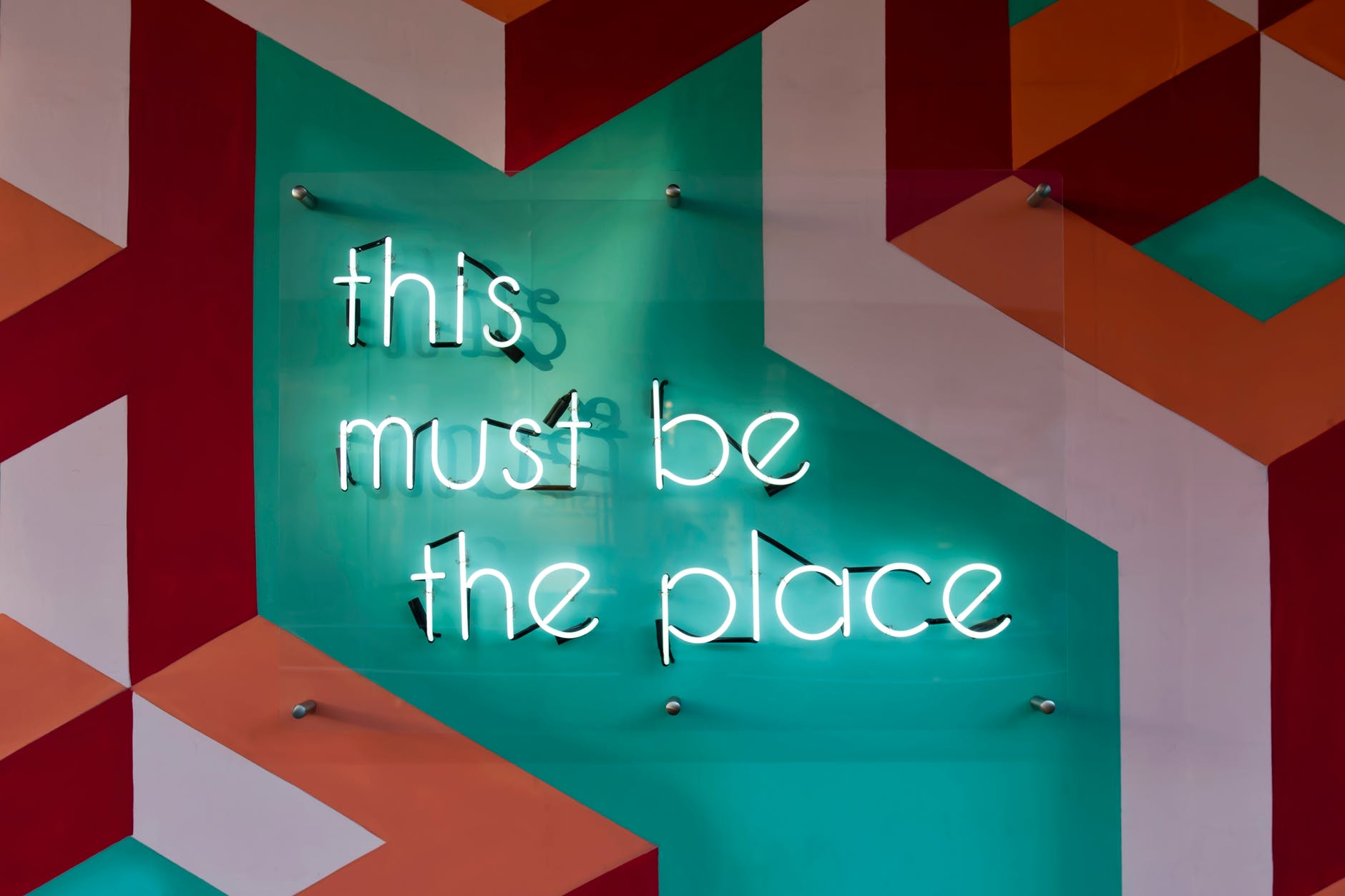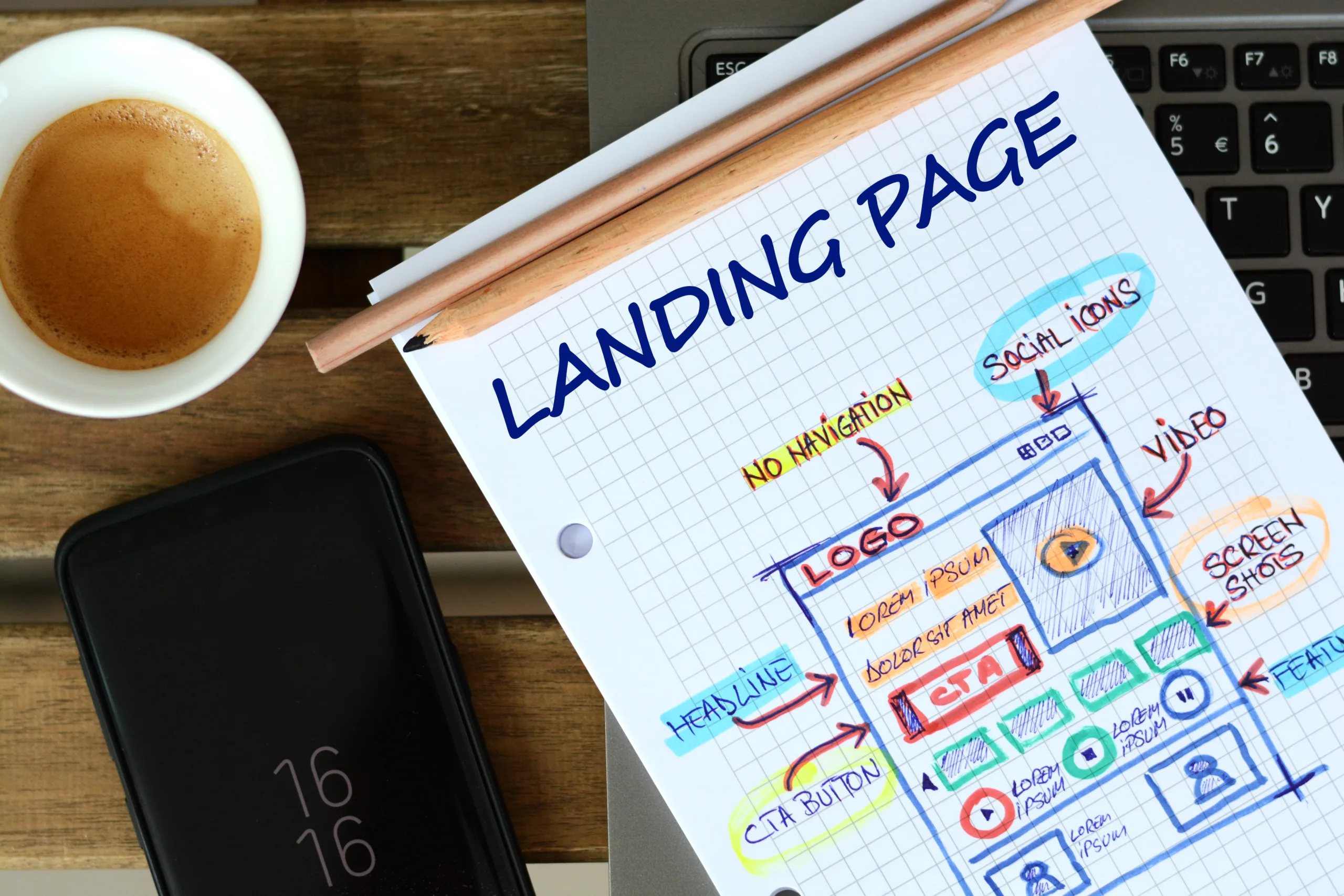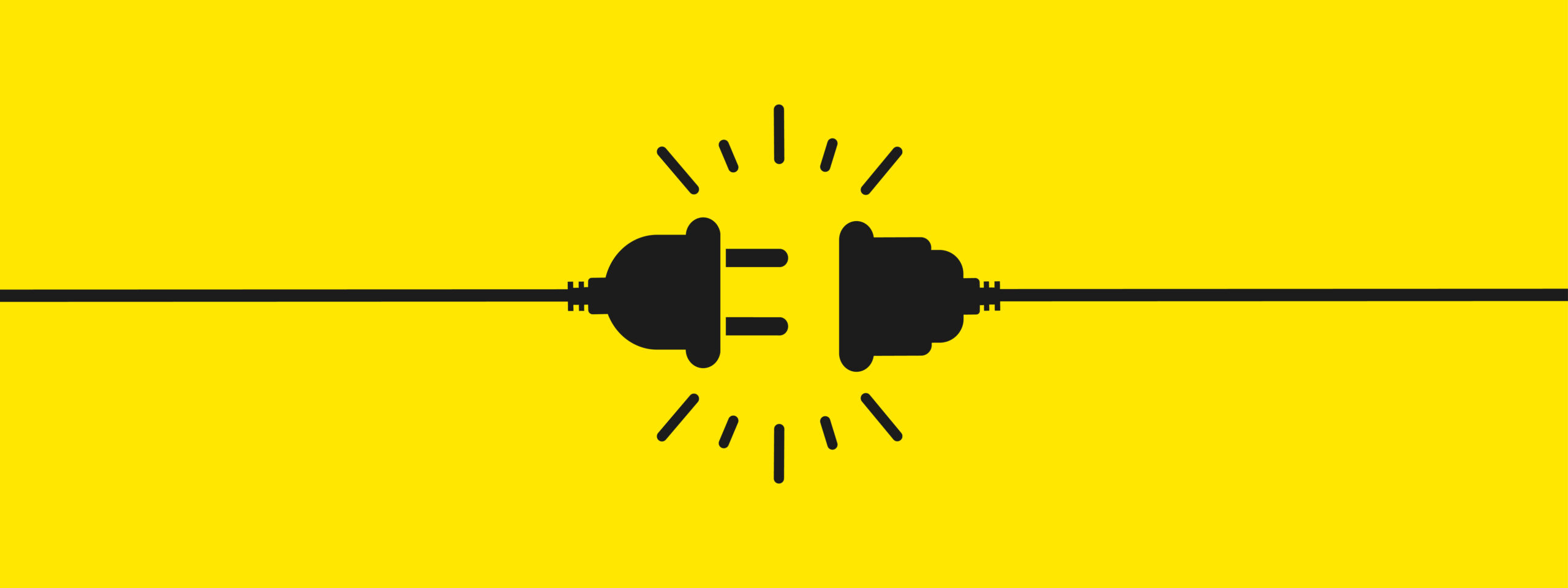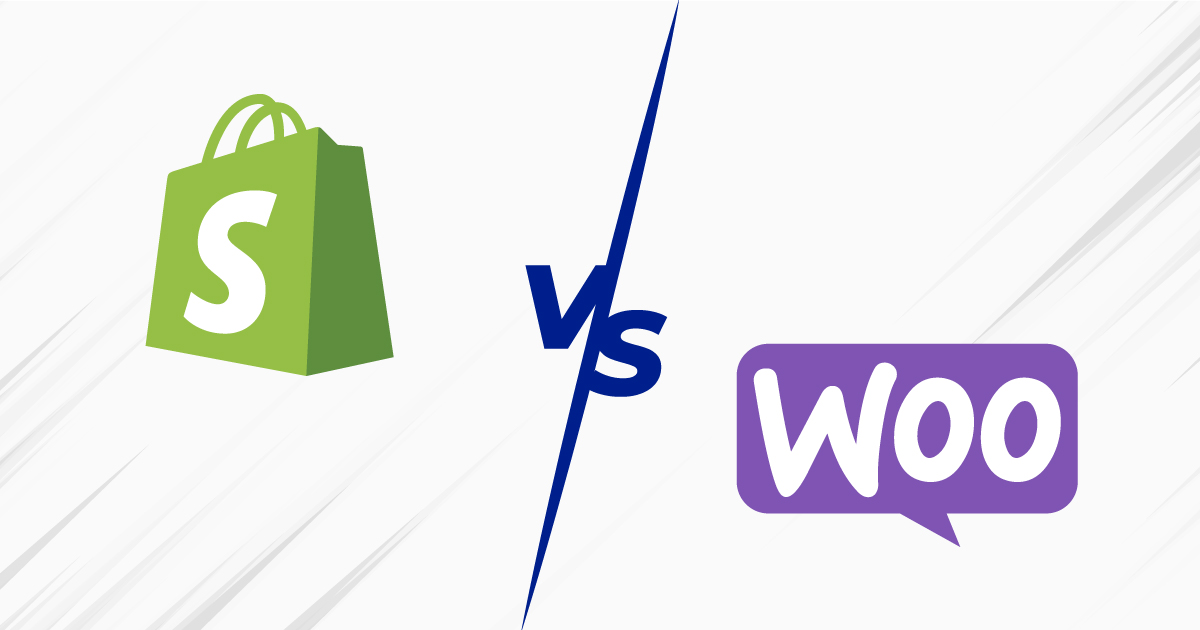Professionals who got started with graphic design at the dawn of the Internet learned to hunt down design resources the hard way. If you needed a photograph, you had to take a photo, if you needed a colour palette, you had to know the strict norms of colour and their different harmonious combinations. Fonts were few and far between and there was no such thing as pre-designed graphic elements: you simply had to take a trip to the library to scan dodgy clip art whilst a hipster looked over your shoulder and called it “vintage”, when really it was just old and not very good.

The arrival and total integration of internet in our daily lives has meant two things for design; first, an endless range of graphic design options available to designers and second, an excuse to not get up from our chairs during weeks at a time. Why bother, if everything is available in the magical internet “cloud”? In an effort to avoid some of the laziness and boring creations associated with just hunting down (legal) design resources online, we also recommend making a bit of effort, getting active if you will, when creating design.
And no, that thing you tell yourself, “I don’t have any time”, it’s simply not true. And if you think that your clients won’t allow you 45 minutes a day to say, go for a jog, then you really should have a good think on your work hours and schedule. This advice can save lives! Let’s get into it:
- The Internet Archive. I’ll be direct. With this site, if you are creative enough, you really will not need anything else. This non-profit digital library based out of San Francisco is offering up the free graphic goods that humanity craves: movies, images, video games, scanned and digital books, music, audio files and all that can be seen or heard with a computer. The fact that a resource is on The Internet Archive does not necessarily mean that it is totally free from the confines of copyright, so you will need to check on the individual resources you select to see what laws or conditions apply to each file. In any case, there are tonnes of resources there that are copyright free or allow creative commons usage without fear of legal reprisal. Museums, film production companies, universities and libraries from around the world use this site to share downloadable materials. Bookmark The Internet Archive in your favourites. Really.
- Expiration of copyright on a work: This is not a website. It’s better than that: it’s a piece of solid advice. Depending on the country, copyright expiration laws vary according to local law, and in a handful of countries, including Spain, works pass into the public domain seventy years after the author or creator’s death. Now, I don’t want to get this wrong, so here is an article that explains it better than I can: https://en.wikipedia.org/wiki/Public_domain. If you follow the letter of the law, you can use millions of works, extracting elements, modifying them or directly copying them without fear of taking an extended holiday at your local gaol. As always friends, exercise caution and sound judgement.
- Free graphic design resources: If you are hoping to see a big list of free graphic design resource sites here, you’ve got the wrong blogger. Yes, it’s true that many times our clients give us impossible deadlines and it’s very difficult to personalise elements or come up with truly original resources for their projects within the given timeline. The design world has invented dozens of excuses to justify the use of these sites offering predesigned vector and photographic art, so I won’t bother telling you not to use them, but I will say that you should try to use them as little as possible. A designer is a creator, and your client will not be tickled either if he’s paid you for a design that he later sees in the airplane menu pamphlet on his next trip. Time and money permitting, take your own photos, create your own designs, generate your own icons, etc. Do it yourself, it’s just cooler. And if one day you do find that you need some pre-designed elements, you know that you will find those free graphic design resource pages in Google, quicker than the time it takes to read this post.
- Adobe Color Wheel: This Adobe tool allows you to manage colour in a way never possible before. Not only is it an excellent resource for creating colour palettes, but it also has a very large and active design community that shares palettes and colour experiments with the community. The rainbow, and all its possible variants, is within your reach: https://color.adobe.com/es/create/color-wheel/
- Google fonts and Adobe Fonts. If you bookmark both of these in your favourites, you will have an ample catalogue of fonts at your disposal, enough to complement any graphic design project. Although I am a big fan of the do-it-yourself approach, here my advice is to avoid font design unless it is something you are deeply knowledgeable in. Sure if you are working on the title font for a punk rock zine, you can just create the font with a fat paint brush and an empty wall, but for the rest, please trust what has already been created. And again, don’t forget to respect copyright! You can get yourself into a proper mess if you don’t.
Google fonts: https://fonts.google.com/
Adobe fonts: https://fonts.adobe.com/ - Task management pages or organisational cloud software: Order, or at least some semblance of order, can really save your skin when you are knee-deep in ten projects at the same time. You don’t have to go far to find powerful and free tools that will help you to get organised. Google Drive, Asana, Realtimeboard and Everhour are all wonderful, each one with it’s own strengths to help you in your tasks, do time-tracking, make backups or create a blueprint to share with a client. Use them. They are great.
Six points is a nice number. With the ones mentioned above, you could work several lifetimes as a designer. Of course, the web is chock-full of wonderful tools to support your graphic design projects. But remember, dearest designer, the most important tool at your disposal, is your creativity. Creativity is the real reason you are seated on that chair (go get some exercise, would you?). Never forget it.
More posts about: Start an online business







